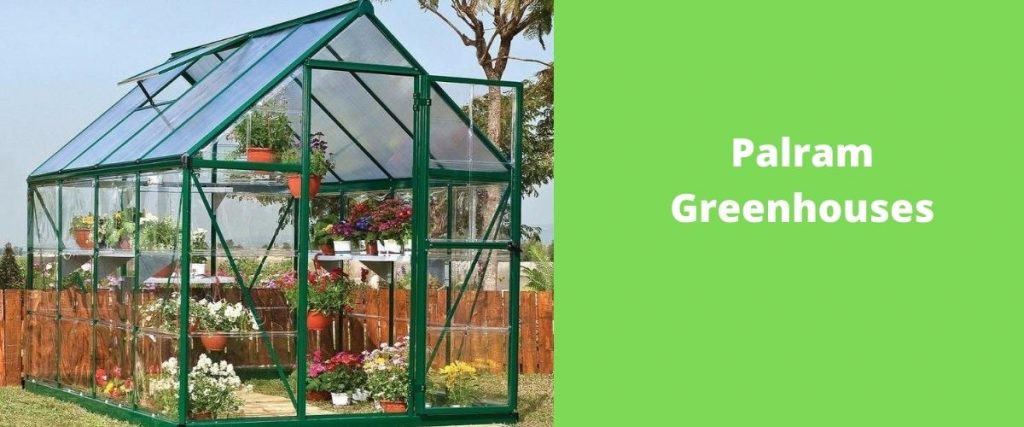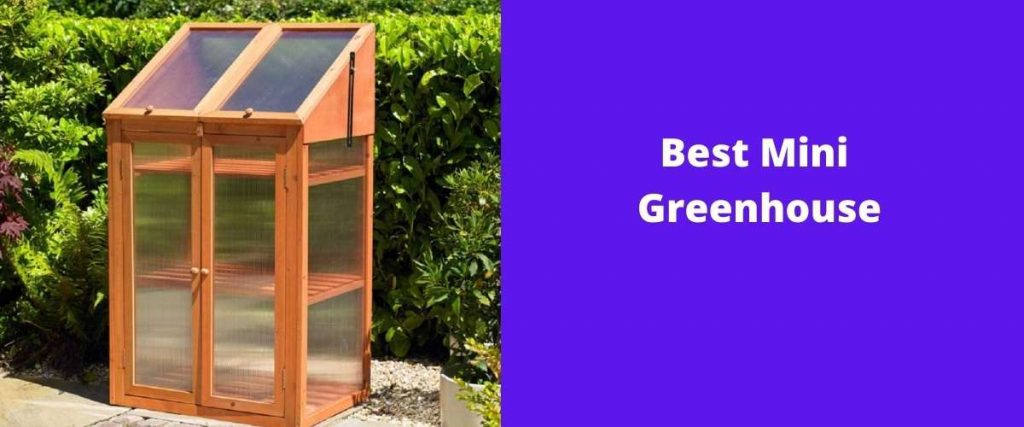Ants in a greenhouse may wreak havoc on plants. Before you see ants in your greenhouse, it’s a good idea to take precautionary measures. Coffee grounds, which the insects dislike, can be used to surround the greenhouse. However, because the grounds degrade fast, you’ll have to change them frequently. Spraying the greenhouse’s perimeter with border insecticides is a riskier option. Chemicals should be used only as a last option.


How Ants Can Assist You in Your Greenhouse
- Pest Control: Ants, like lady beetles, green lacewings, and other helpful bugs, consume pests’ eggs and young or interrupt them during feeding to help manage pests. Ants are such a powerful biological control agent that some growers purposefully introduce them as part of a Larger Pest Management plan. Farmers using ants to manage pests have been documented since 300 A.D.


- Pollination: Many gardeners struggle to get consistent, robust yields from fruiting crops as pollinator populations decline. However, ants can help in this manner. Ants function as accidental pollinators by moving from plant to plant in quest of food.
- Healthy Ecosystem: Ants aerate the soil in traditional gardening by excavating tunnels that transport water, oxygen, and nutrients to plant roots.
They also hasten the decomposition of organic matter such as leaves and dead insects, allowing plants to be fertilized.
However, ants can still help the developing ecosystem as a whole. Because, in addition to eating pests, ants provide food for larger creatures like lizards, frogs, and birds, which also assist in reducing pest issues.
Are ants harmful to plants?
Ants rarely eat plants directly, but they can cause damage to them in other ways. For example, when ants establish their nests under plants, the roots are disturbed, and the plants are deprived of water.
When constructing nests, they may also bury plants by dumping earth on them, which can be particularly destructive in flower pots. Black and red ants are the most common culprits. When ants aren’t directly below plants, they can aid by loosening the soil and enhancing the structure and drainage of the soil.
Anthills are a problem on lawns because they obstruct mowing. The worst culprits are mound ants, often known as yellow meadow ants. Except for displacing dirt around plant roots and depositing it on the surface during nest building operations, ants cause minimal direct damage to plants.
Plant roots in pots and containers may also be disturbed. Ants adore the delicious sap of their hosts. A dedicated ant colony chewing on a plant’s stem or trunk can girdle and even kill a garden plant. Ants will also nurture and shield other harmful garden pests.
Ants and Their Harmful Effects on Your Greenhouses
Ants eat honeydew, which is produced by insects such as mealybugs, scale, and aphids. Ants gather and guard these honeydew-producing insects most of the time, so you’ll notice them scattered over plant stems and leaves.
Honeydew on plants encourages the formation of mold that produces dark spores. As a result, when ants eat honeydew, they are helping to protect plants. If ants farm aphids on plant roots, the roots might be disturbed, resulting in plant mortality.
When constructing nests, ants can sometimes bury plants in the soil. Furthermore, as ants build nests beneath the earth, the soil around the plants is disturbed.
Some ant issues may be more concerning to your garden experience than the garden itself. And two species of ants are particularly troublesome. Fire ants, perhaps the most well-known ant species, may sting if provoked.
Their poison causes a painful welt to appear on the skin that lasts for many days. Harvesting might be a nightmare if your plants are infested with fire ants.
What’s the Best Way to Keep Ants Out of My Greenhouse?
Mix 1 teaspoon dish soap + 0.5-liter warm water. You’ll be able to get rid of ants without harming the plants this way. Soapy water suffocates ants while also breaking down their natural water resistance.
To get rid of black ants, set up ant bait stations in a greenhouse. One bait station must be installed on each ant route. Replace them every three months or sooner if the infestation is severe.
If ants are farming aphids on plant stems, you must eliminate the pests. To destroy aphids, mealybugs, and scale insects without harming the plants, mix one teaspoon dish soap with 0.5 liters of warm water. Ants will go once there is no longer a supply of honeydew.
In a greenhouse, ensure sure there are no loosened plants since ants like to construct nests on them. Replant these plants in the soil and give them plenty of water.
Ants like dry circumstances, so if you water greenhouse plants well and boost humidity, you should be able to get rid of them. The easiest approach to get rid of an ant nest is to break it with a fork and water it with cold water regularly to encourage the ants to leave.
Do not use boiling water since it causes burned sections of lawn, which are ideal for weeds. As a last option, apply an insecticide to your greenhouse plants. You may also use an ultrasonic insect repellant in a greenhouse.
Aphids and other sap-sucking pests must be eradicated. This will deter ants from lingering to collect honeydew. Place fake sweetener close to the ants. Ants are said to die as a result of this. Sprinkle cayenne pepper or ground cinnamon around your plants.
This may help repel ants without harming them. Make a poison trap with borax and sugar. However, while borax and boric acid are natural chemicals, they are poisonous to people and animals.
You can also use orange oil. Orange oil is included in many natural pesticides, and spraying it on ants will help rid them. You may also manufacture your pesticide using one gallon of water, 3/4 cup of orange essential oil, one tablespoon of molasses, one tablespoon of dish soap.
Insecticidal soaps with orange or peppermint oil are a good choice. This should be sprayed directly on the ants and the area where they are found.



